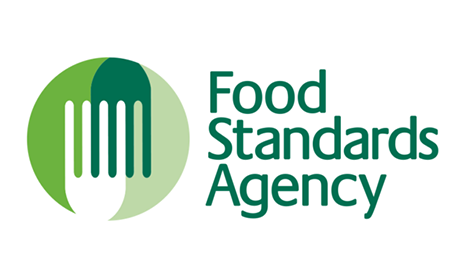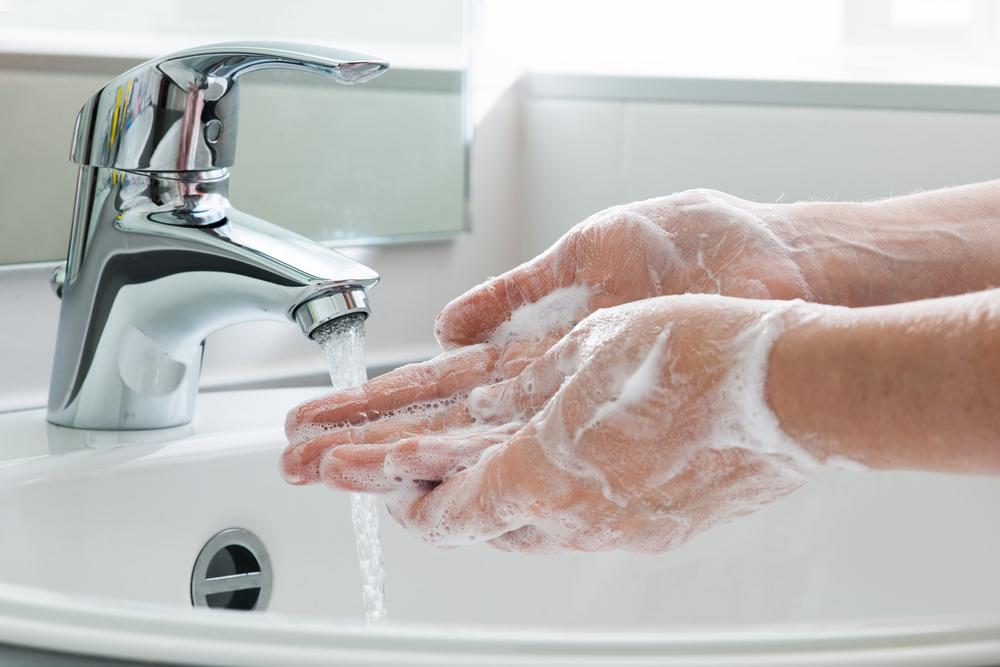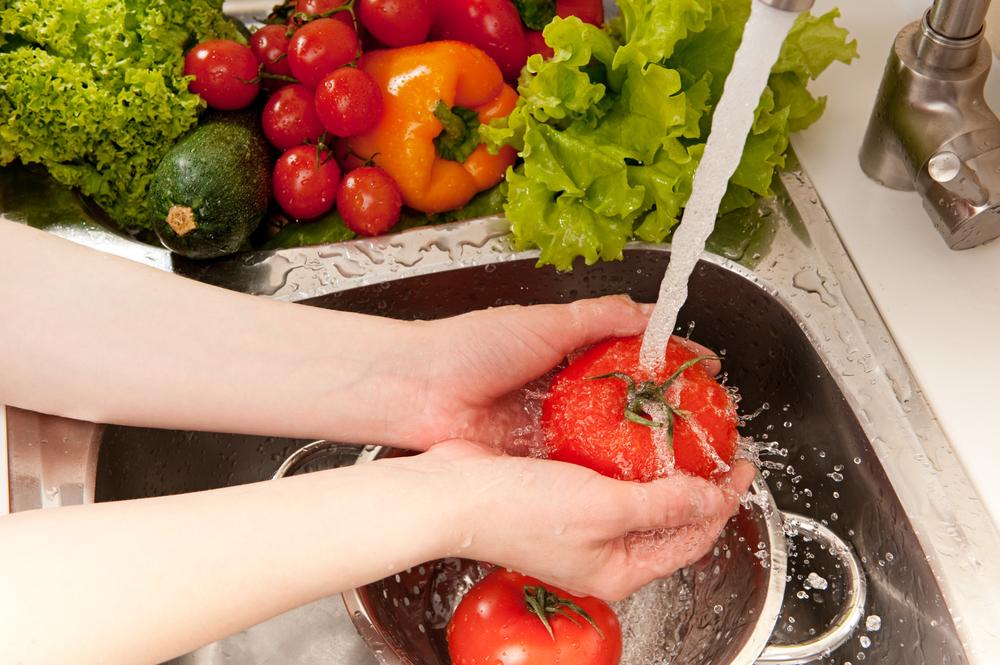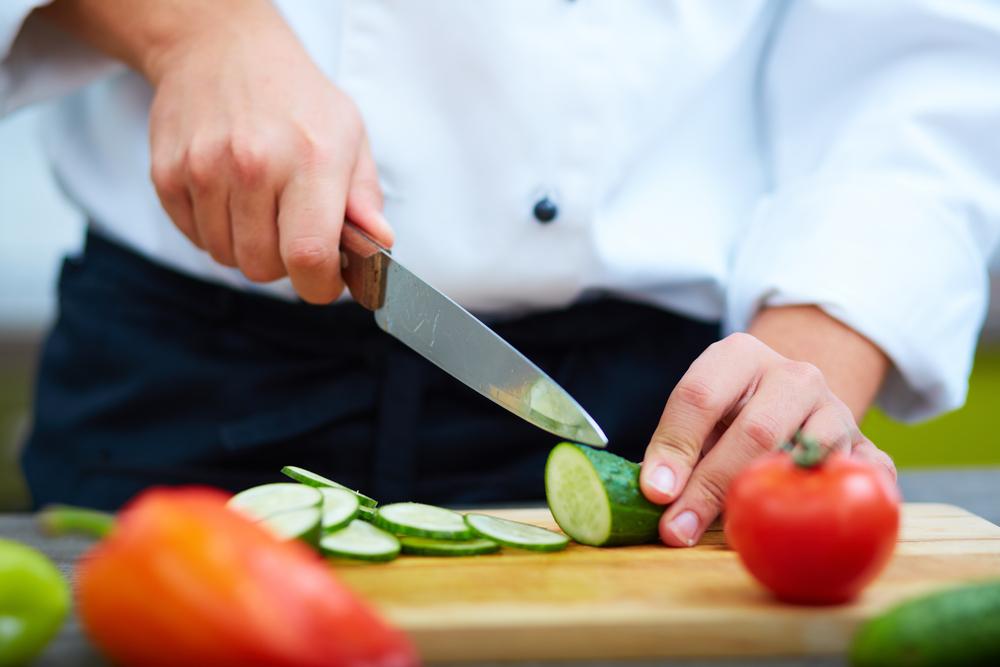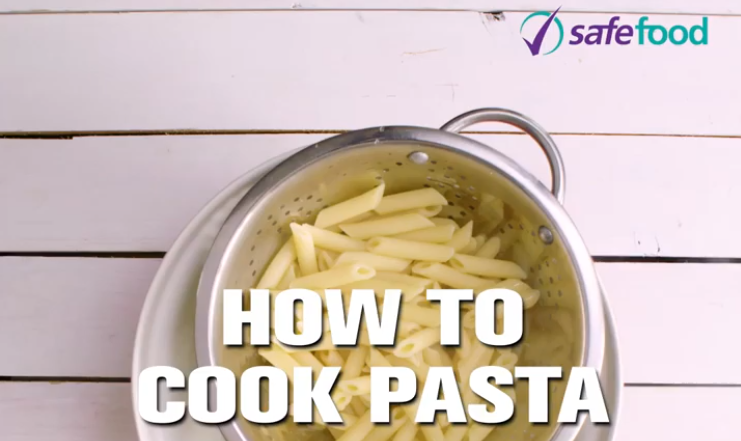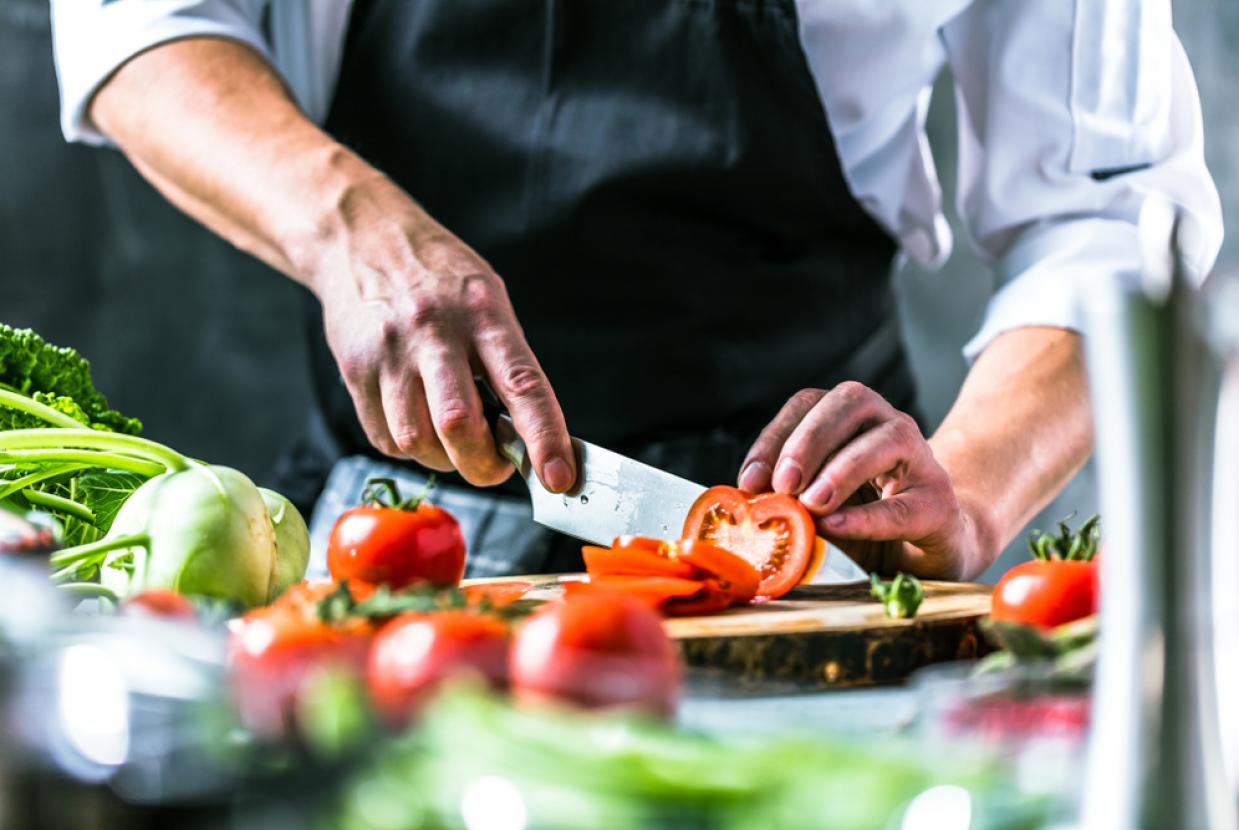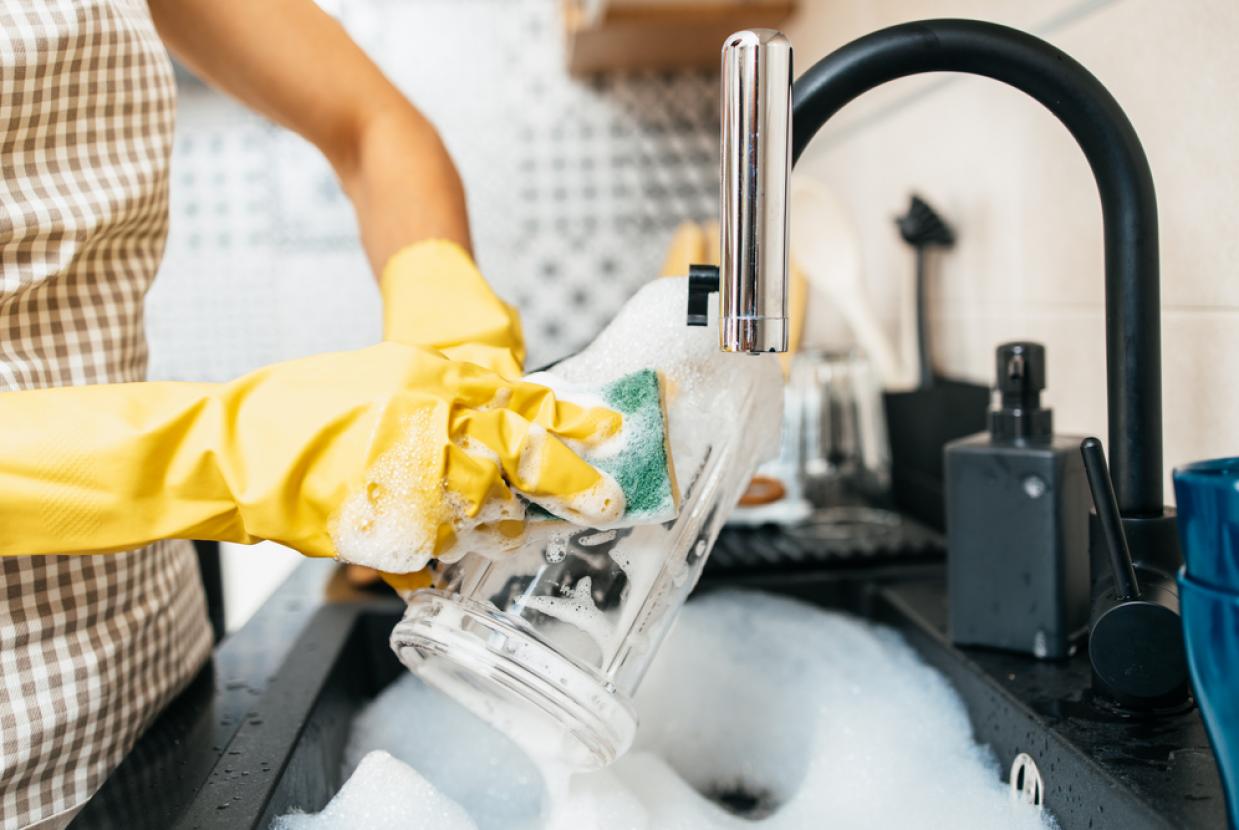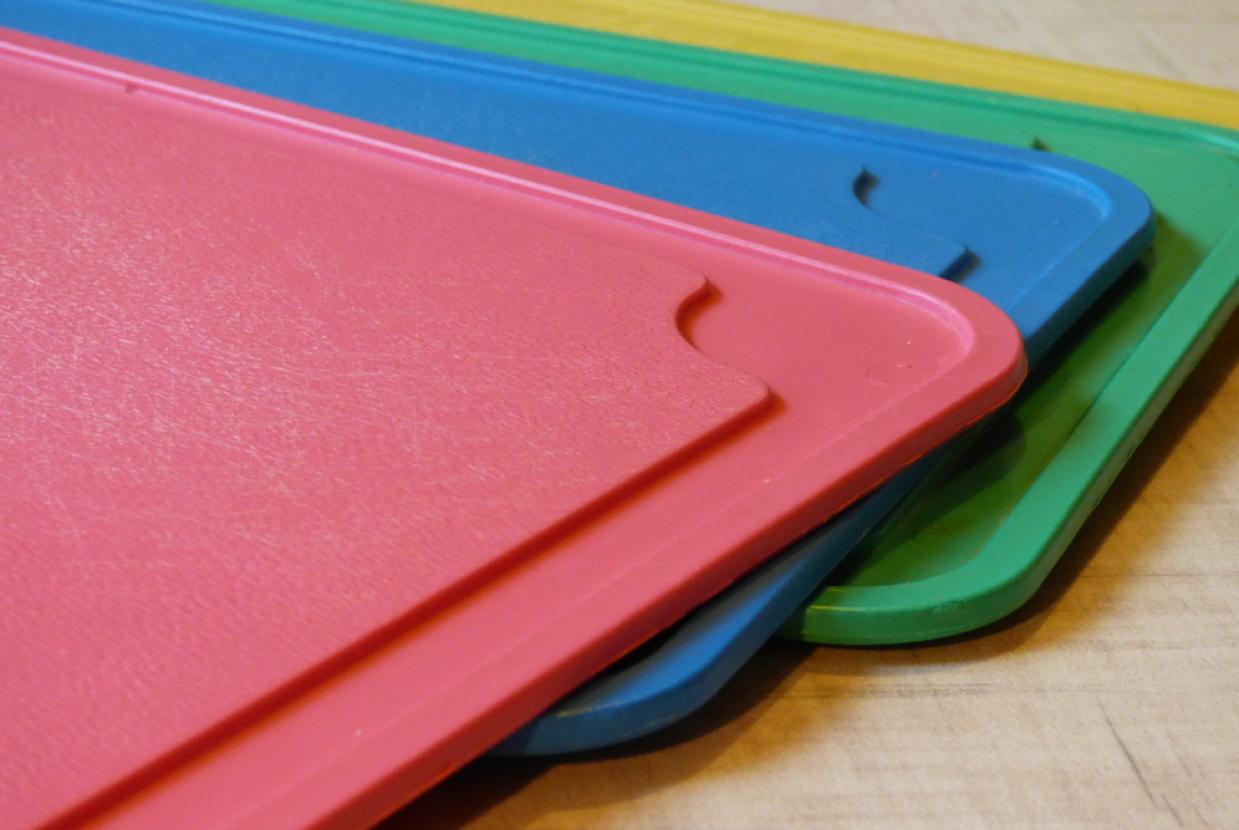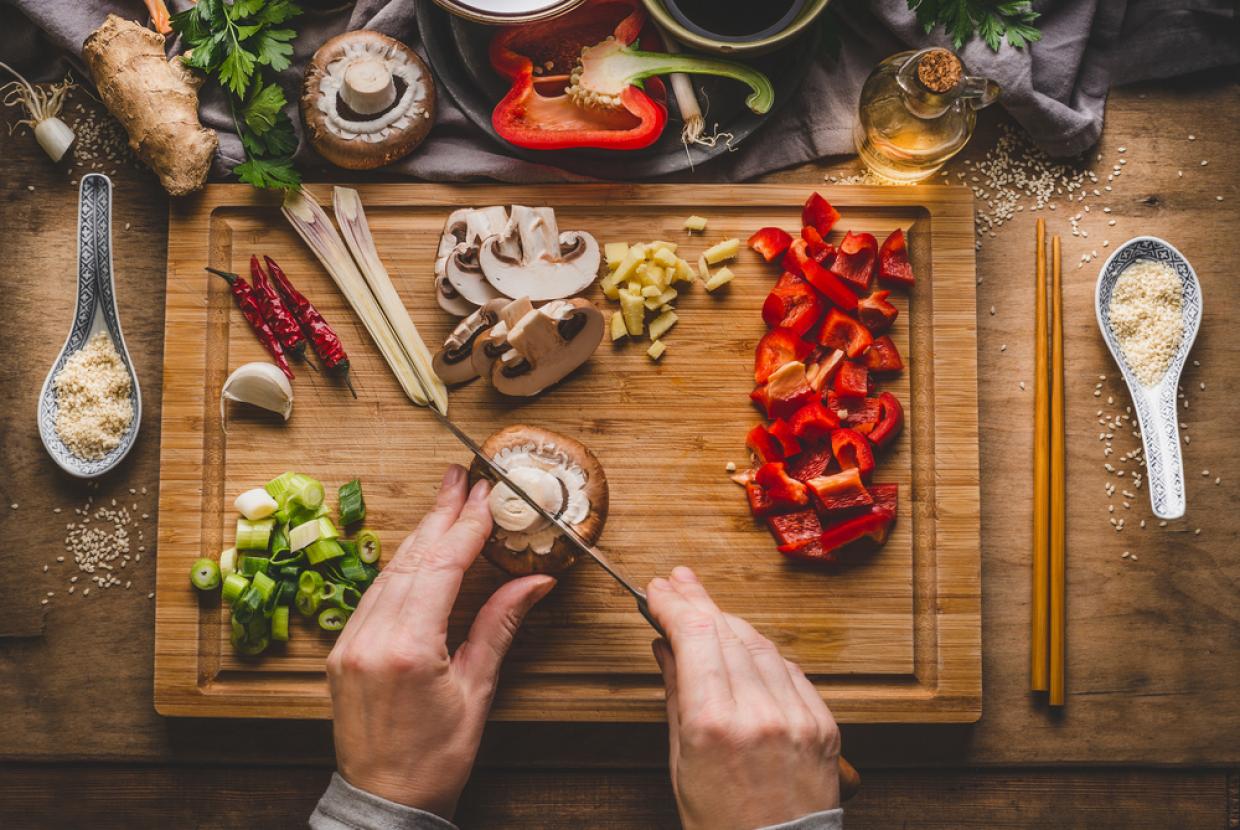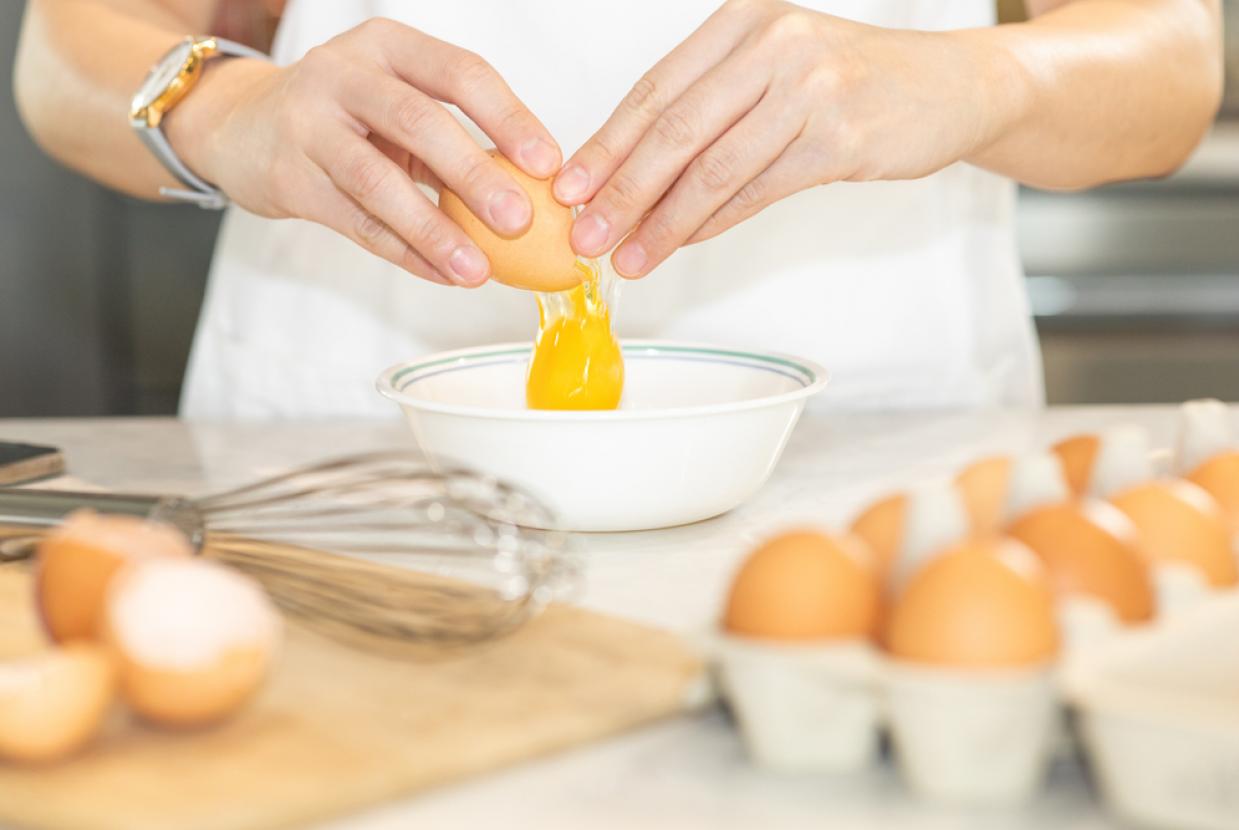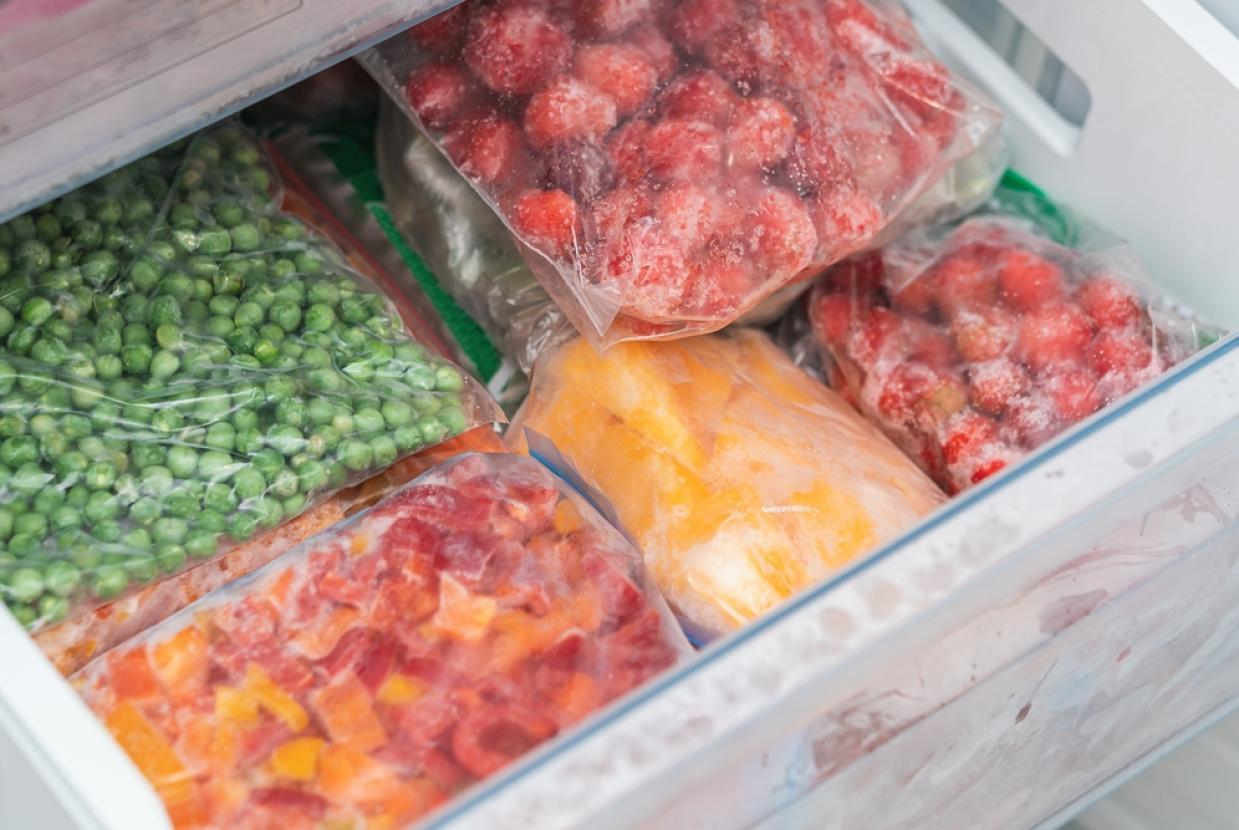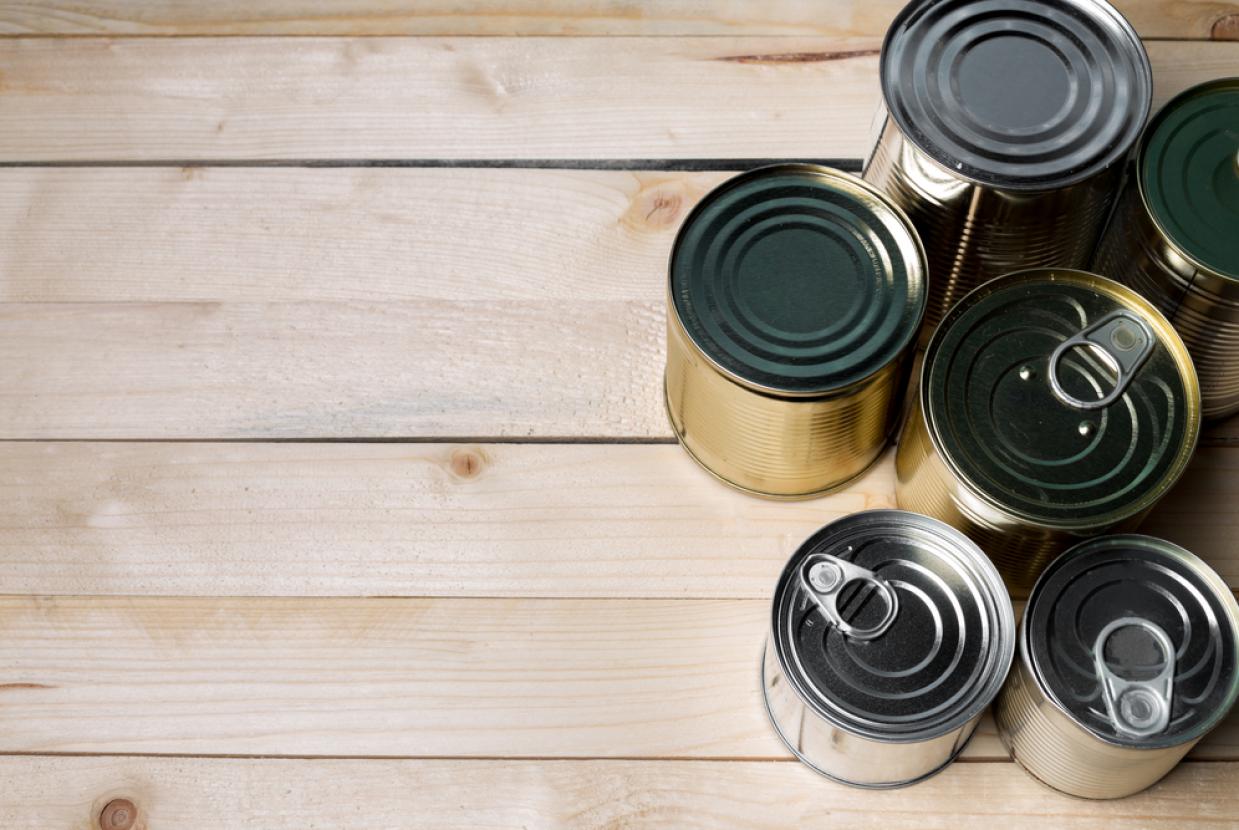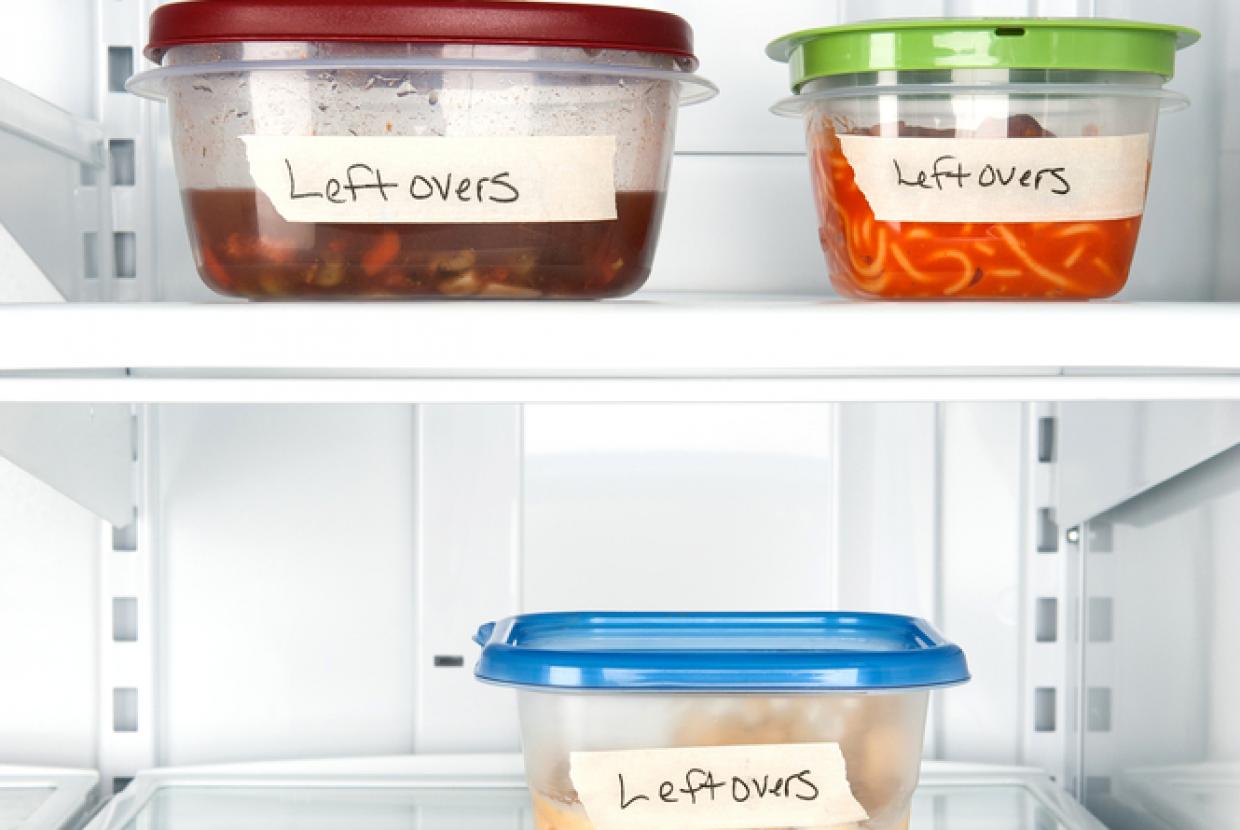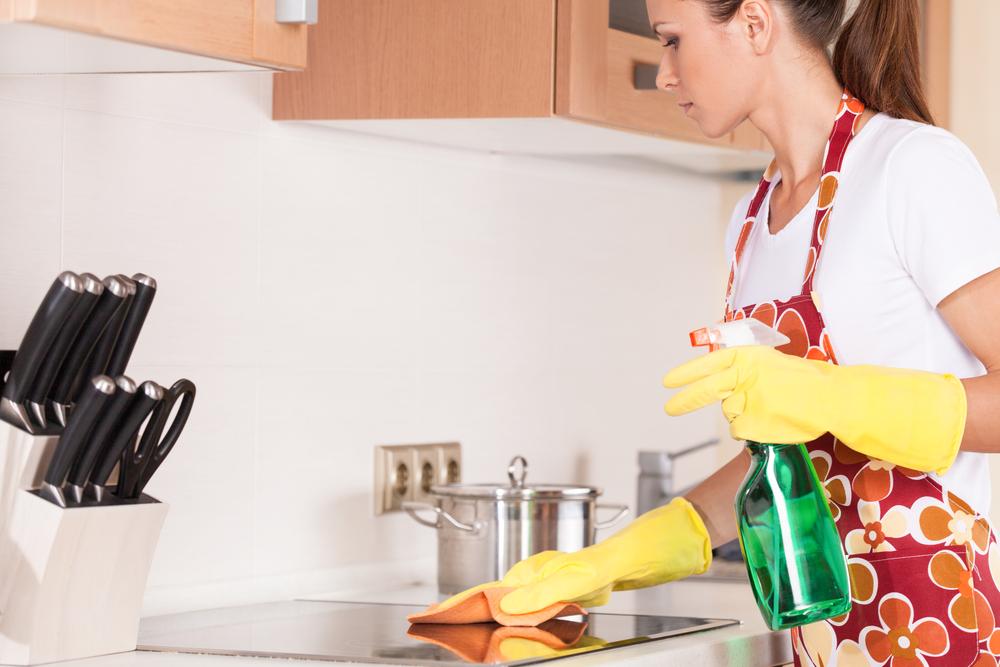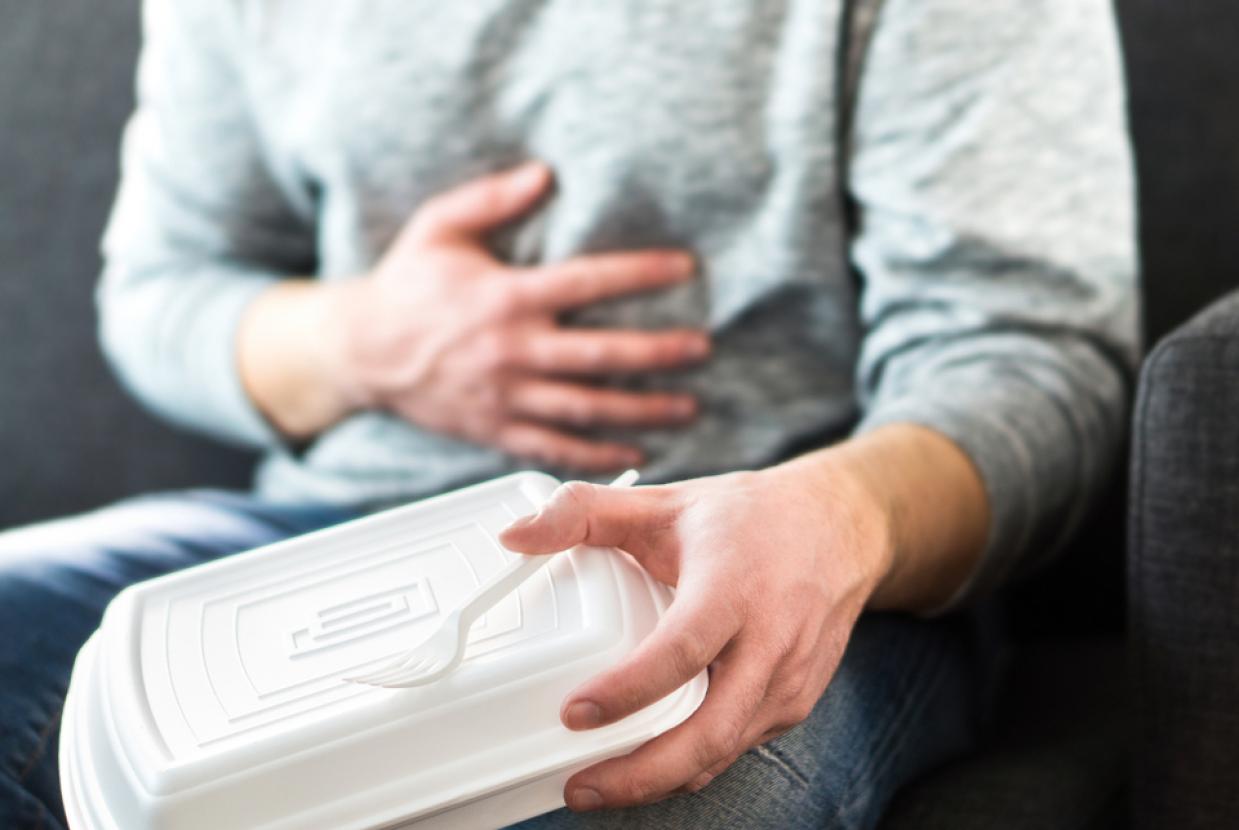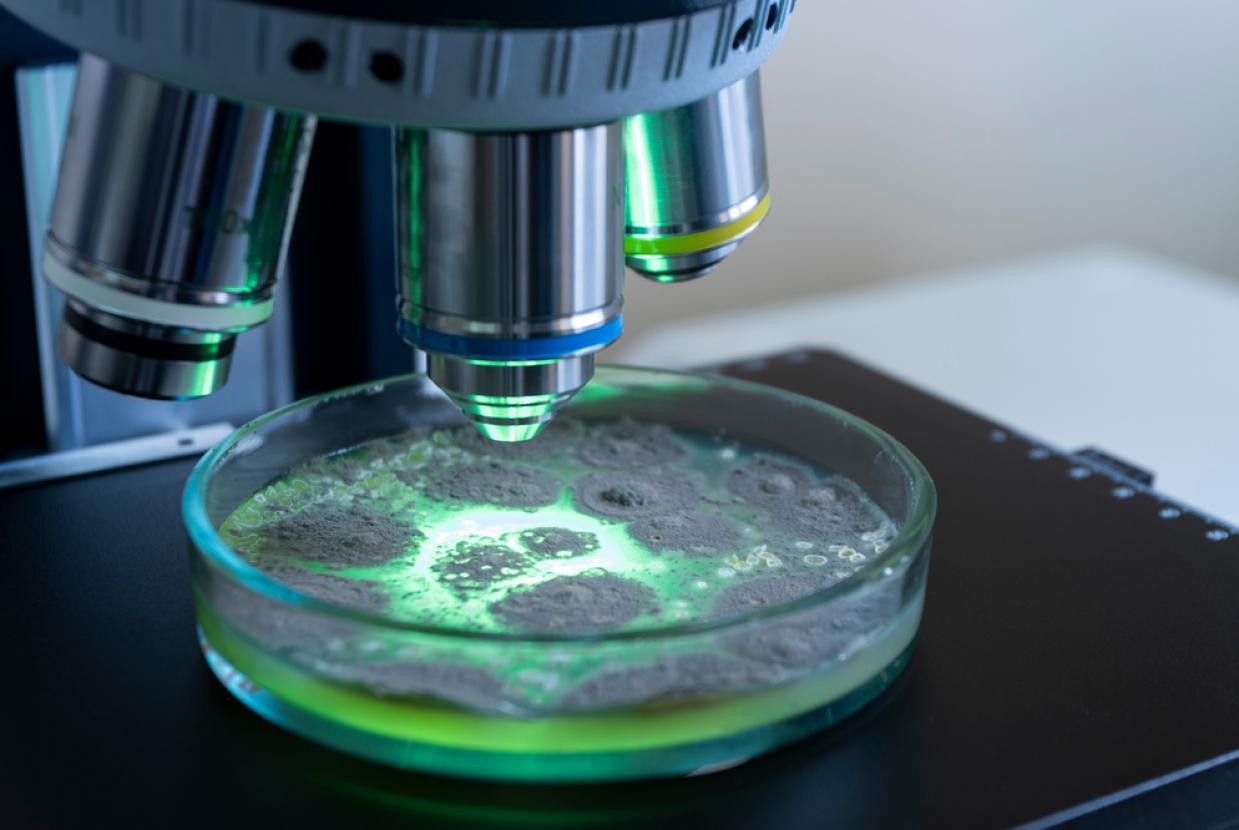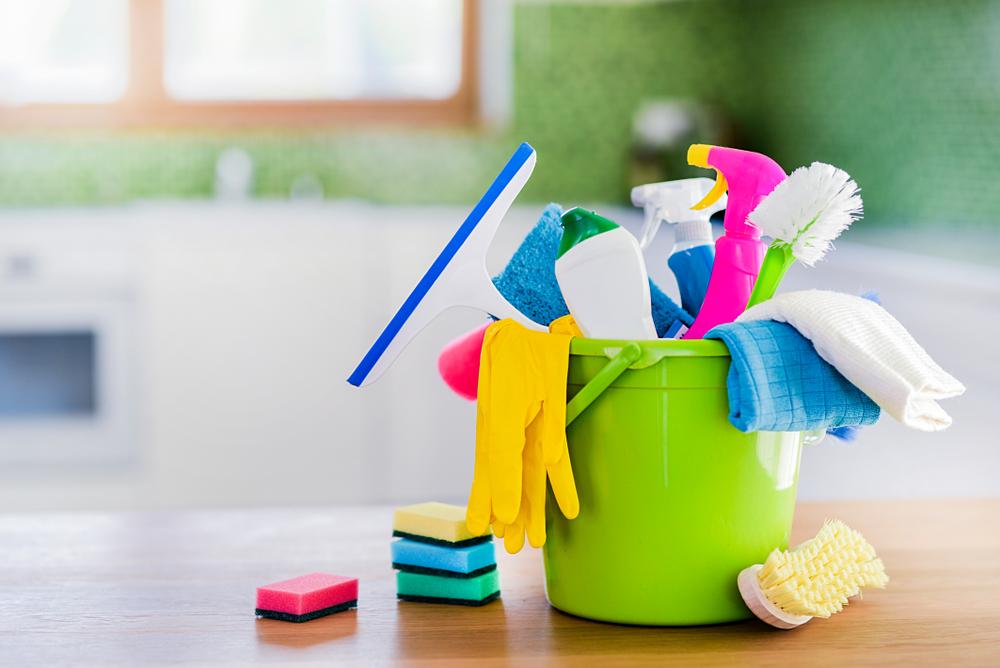Campylobacter
Campylobacter is a cause of food poisoning. The majority of people who get food poisoning from campylobacter recover fully and quickly but it can cause long-term and severe health problems in some. Children under five and older people are most at risk because they may have weaker immune systems.
You can’t see campylobacter, smell it or even taste it on food. But if it affects you, you won’t forget it.
How campylobacter is spread
One of the main ways to get and spread campylobacter poisoning is through cross-contamination from raw chicken. For example, washing raw chicken can spread campylobacter by splashing it onto hands, work surfaces, clothing and cooking equipment.
Campylobacter is also found in red meat, unpasteurised milk and untreated water. Although it does not normally grow in food, it spreads easily. Campylobacter has a low infective dose, which means that coming into contact with a few bacteria can cause illness. This is especially important if you are young or have an underlying illness.
Avoiding campylobacter poisoning at home
You can help keep your family safe from campylobacter by chilling your food, cooking chicken correctly, avoiding cross-contamination and ensuring good personal hygiene.
Chilling your food
To chill your food, always store your food in the fridge, which should be at 5° or below.
Cooking chicken correctly
It is important to cook chicken correctly by following the guidance on time and temperature and checking:
- the meat is steaming hot all the way through
- none of the meat is pink when you cut into the thickest part
- any juices run clear
Avoiding cross-contamination
You can avoid cross-contamination by never washing chicken or letting raw chicken come into contact with ready-to-eat foods. Good personal hygiene will help ensure that any bacteria you have come into contact with aren’t passed to your friends and family in their food.



